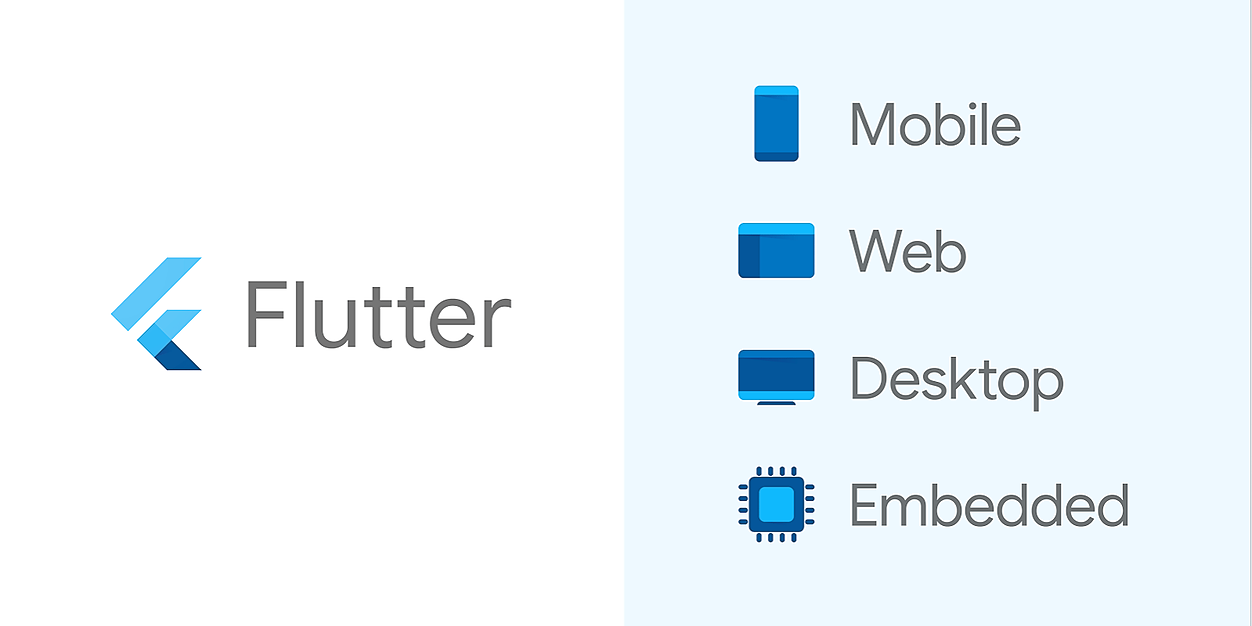There changed into a time when corporations relied upon conventional avenues including brick and mortar spaces, telephone and formal letters for income, and provider goals. Not anymore! Today, the identical business entities exploit desktop and computer for the stated tasks. In fact, even these systems are shrinking as humans around the world have switched to clever phones to shop for products/services and that too with only some taps. How? Of path via dedicated cell packages.
No marvel then manufacturing, trading, and services industries are migrating to this intuitive way of attracting customers, and at the same time engaging and addressing their issues quickly. While the variety of cellular app customers in growing international locations is growing in double digits every year, the developed nations have already reached several milestones in terms of usage. So, what makes these apps so popular? There are numerous reasons, and a number of the compelling ones are mentioned beneath.
- Mobile apps are intuitive.
- Mobile apps are lightweight and consequently do now not hog memory.
- Mobile apps are smooth to operate.
- Mobile apps are responsive in terms of display and accomplishing daily tasks.
In short, they have grown to be an integral part of human lives. Whether you want to book tickets, order meals from the restaurant, purchase items, or watch movies online, the buzzword is Mobile App.
Some of the commercial enterprise areas where those programs play a critical role.
Healthcare – Companies can fast update, send important messages and reminders to their customers via these applets. It is now not the simplest value-effective however a terrific way to cope with customer issues in real-time.
After Sales Service – Now this is one location wherein organizations can honestly make a big impact. By responding to service requests speedy, manufacturing and trading organizations can build a huge base of happy customers. This, in turn, would offer a span and spike for future increase.
Standalone Application – Standalone cellular programs which include inbound and outbound CRM’s can help agencies join with customers in a seamless way, address bottlenecks, liaise with income folks and schedule conferences to pursue each day goals. Moreover, app records can then be exploited in an intelligent manner to chalk out future plans.
It is because of these reasons that the cell app marketplace is developing at a sizzling pace, as more and extra groups comprehend the benefits of presenting one for their customers. Furthermore, apps assure good sized boom and offer that humane touch and a link between the enterprise and the customers/vendors. That it simplifies commercial enterprise technique cycles in yet every other feather in its cap.
Interestingly, Flutter Software from Flutter Development Company makes the app-building method less tedious. Mentioned underneath is a novice instance on how to construct” Hello World” software in Flutter?
Simply install Flutter software after downloading from the developer website and then run the following command. Incidentally, there is no want for any supplementary compilers or programs.
What does Flutter do?
For users, Flutter makes stunning app UIs come to life.
For developers, Flutter lowers the bar to entry for building mobile apps. It quickens the improvement of mobile apps and reduces the fee and complexity of app production throughout iOS and Android.
For designers, Flutter enables to supply the original design vision, without loss of constancy or compromises. It additionally acts as an efficient prototyping tool.
Here are 6 features of the cross-platform mobile app development framework:
Hot Reload
The changes made by the developers can be seen instantaneously with Hot Reload. This feature is super-handy for developers as it makes the changes visible in the app itself. As the changes made are visible within seconds, developers can fix the bugs in no time.
The team can experiment with new features and improvise them continuously. Thus, this feature enables developers and designers to have complete freedom and boosts their creativity further.
Cross-Platform Development
CPD saves time, energy, and money. With Flutter, you need to write the code once, maintain, and can use that for two apps. The need has gone for developing a different code for a different platform. With Flutter, you can try developing for the Fuchsia platform which is a trial OS in process at Google.
Accessible Native Features and SDKs
Your app development process gets easy and delightful through Flutter’s native codes, third-party integrations, and platform APIs. Therefore, you can easily access the native features and SDKs on both Android and iOS platforms and reuse the widely-used programming languages such as Kotlin and Swift.
Minimal Code
Flutter is developed using the Dart programming language. Dart uses JIT and AOT compilation that helps improve the overall startup time, functioning and accelerates the performance. JIT enhances the development system with the hot reload function. It refreshes the UI without putting in the effort to building a new one.
Widgets
In Flutter, the widgets are given an upper hand. It is capable of developing customizable and complex widgets. Most importantly, Flutter has all the sets of widgets from Material Design and Cupertino pack and it helps to provide a glitch-free experience in this case over and above all the other platforms.
Native Feel and Features
Flutter enables you to use your existing code Java, Obj-C, and Swift to gain the key to native features that are platform-specific. Camera and Geolocation are features connected with the use of native languages and offer you the convenience of working in the native language and, it provides access to the native features of both iOS and Android platforms.
Why use Flutter?
- Develop for iOS and Android from an unmarried codebase
- Do extra with less code, even on a single OS, with a modern, expressive language and a declarative approach
- Experiment by converting code and reloading as your app runs (with hot reload)
- Fix crashes and retain debugging from in which the app left off
- Benefit from a rich set of Material Design and Cupertino (iOS-flavor) widgets constructed the usage of Flutter’s personal framework.
- Realize custom, beautiful, brand-pushed designs, without the constraints of OEM widget sets.
Flutter – its Features
This amateur package is understood for its diverse enhancements that dominate others to be had SDKs within the market.
Fast Development
Flutter is constructed with a hot reload that facilitates builders to experiment quickly and easily, build advanced UIs, add additional functions, and fix bugs faster. Additionally, it helps to load applications in sub-seconds in emulators as well as on the cell hardware.
Design Beautiful UI
Enterprises the usage of apps for products can pleasure their users with flutter’s inbuilt cloth design and Cupertino (iOS-flavour) widgets, smooth natural scrolling, wealthy movement APIs, and additionally its platform awareness.
Reactive Framework
It is very clean for builders to compose the UI with Flutter’s modern, reactive framework which comprises a rich platform, layout, and basis widgets. And hard UI challenges can be solved with flexible and effective APIs for 2D, animations, effects, gestures, and extra.
Flutter Vs. React Native: Which One to Choose?
The main marketplace gamers and development frameworks – Flutter and React Native have become top contenders competing to prove their well worth across cross-platform cellular app improvement. People trying to broaden apps extra quickly in fewer prices are scratching their heads as they discover it extremely difficult in figuring out which framework high-quality fits their app idea.
Making this exercise a bit smooth, in this article, we have covered the most critical assessment points that will help you benefit meaningful insights on selecting either.
What is Flutter and React Native? A Sneak Peek
Flutter is a cellular app SDK that lets you to write down an app in one database and bring together to both Android and iOS OR take it as a Google’s transportable UI toolkit for constructing natively compiled programs for mobile, web, and desktop from a single codebase.
React is a Facebook’s JavaScript framework used for writing real, native cellular applications for iOS and Android.
On iOS, the maximum of what you create in the UI is done using view items, which can be times of the UIView class. These can act as boxes for different UIView classes, which form your layout.
In Flutter, the rough equivalent to a UIView is a Widget. Widgets don’t map exactly to iOS views, but whilst you’re getting acquainted with how Flutter works you could consider them as “the way you claim and assemble UI”.
However, those have a few variations to a UIView. To start, widgets have a one-of-a-kind lifespan: they are immutable and only exist till they need to be changed. Whenever widgets or their state change, Flutter’s framework creates a brand new tree of widget times. In assessment, an iOS view is not recreated whilst it changes, but as a substitute, it’s a mutable entity that is drawn once and doesn’t redraw until it’s far invalidated the use of setNeedsDisplay().
Furthermore, unlike UIView, Flutter’s widgets are lightweight, in part due to their immutability. Because they aren’t perspectives themselves, and aren’t directly drawing anything, however instead are a description of the UI and its semantics that get “inflated” into real view items under the hood?
Flutter includes the Material Components library. These are widgets that implement the Material Design guidelines. Material Design is a flexible design system optimized for all platforms, including iOS.
But Flutter is flexible and expressive enough to implement any design language. On iOS, you can use the Cupertino widgets to produce an interface that looks like Apple’s iOS design language.
Comparison Factors
Programming Language
React Native uses JavaScript as a programming language that is widely used by web developers which makes it easy to adopt. While Flutter uses Dart programming language that is seldom used and less popular in the developer community- through which we can easily conclude React takes the lead.
Technical Architecture
React Native uses JavaScript Bridge to communicate with the native modules and contrarily, flutter has all those native components needed for app development in the Flutter Engine or framework itself which makes its performance better than the former.
User Interface
Flutter apps look good across all OS versions because of their one codebase and component-rich nature that means the app will behave naturally and copy their native components whereas, Native’s application components look just like the native ones. So if you want your app to look almost the same across platforms then you can use react?
Time to Market
React is, of course, faster in development but a bit less than flutter. Taking into account, it uses the bridge and native component which requires separate optimization for each platform that increases the time to develop.
When not to Choose
If your app design is platform-specific, requires multiple interactions with an OS, needs minimalist UI, and is particular about phone hardware than flutter isn’t the framework you should go for. You should opt for native app development whereas, if your app requires custom communication via Bluetooth, have to handle some complicated tasks in the background and you’re looking to develop an Android-only app then for sure you should go for native app development. Since it is good for iOS app development.
Community Support
Since React was launched much earlier than Flutter, it has gained a significantly good amount of popularity but flutter is still nascent in its stage with a growing community.
Testing Support
The React Native community has no official support for UI level testing and integration; it uses third-party tools like Detox and Appium, whereas flutter has a rich set of testing features like widget testing which makes it much greater than React.
Conclusively, flutter is still naïve but is actively working to enhance its stability and there are many apps build with Flutter some of them being Xianyu app by Alibaba, Google Ads app, App for JD finance, Hamilton app, etc. And the popular apps build with React Native are Instagram, Facebook, Pinterest, Skype, Tesla, Wix, etc.
Considering the comparison above, you can likely reckon which framework will suit best for your top mobile app development companies in India.



